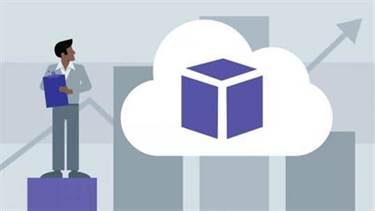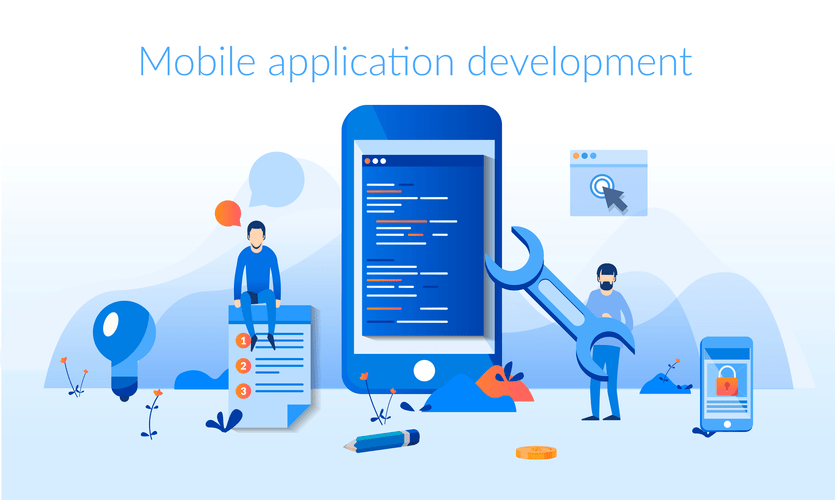Stay up-to-date with the newest Grafana growth device releases, updates, and documentation associated to plugin and app growth. Shared, visible language for all products inside the Grafana Labs umbrella of merchandise and drives user expertise and interaction consistency all through the UI. If you need to run databases for those datasources, you are going to want Docker.
When the YAML file is complete, you’ll be able to run a single command to construct, run, and configure all of the containers. With the ever-expanding Grafana ecosystem, we’ve seen growing demand for a dedicated area where developers can easily access essential documentation, tutorials, and instruments. It’s a complementary resource that makes it easier than ever to learn to improve Grafana’s capabilities through custom-built apps. You’ll also find an array of conceptual, how-to, troubleshooting, and reference documentation to information you thru every step of the method.
If you want to discover methods to get started with Grafana Cloud, our totally managed observability stack, go to the Grafana Cloud documentation for extra data. As Grafana continues to evolve, we remain dedicated to enhancing the experience for Grafana customers, in addition to the builders building applications on high of the platform. Today, we’re delighted to introduce the following step in that evolution, the all-new Grafana developer portal — a central hub of curated assets for developers who wish to extend Grafana’s capabilities. With the create-plugin tool, you can use a Docker container to simplify the configuration, loading, and development processes. For more information, check with Set up development setting.
Grafana Mimir
In this guide, you’ll learn how to get began by scaffolding a plugin, operating it in an environment friendly improvement environment, and using its basic options. This page lists sources for builders who need to contribute to the Grafana software program ecosystem or build plugins for Grafana. Being a junior developer implies that, you haven’t had a chance to work with the entire spectrum of various technologies, scripts, tools, products and ideas, yet.
As a first step, you have to change your directory to devenv. Now, we are prepared to install Grafana by working the go get command in terminal. As a primary step, you have to make sure, that you have got installed all necessary dependencies. If you may be missing any dependency, I advocate utilizing Homebrew ☕️for set up. It is an amazing package supervisor for OS X that makes putting in of lots of different applications and packages much easier.
Supported Grafana Version
You can install Docker Hub (containing Docker Engine, Docker CLI consumer, Docker Compose, Docker Machine, and Kitematic) through its official web site. As quickly as you are up and working with Docker, you can observe with next steps. Grafana’s Incident Response & Management (IRM) instruments simplify the incident workflow. Grafana Labs builds software program within the open, with thriving communities. When winter is coming, Flexcity is not worried as a result of they’ve Grafana Cloud to visualize and monitor real-time vitality consumption.

This means, that operating ./setup.sh will execute this script (any executable bash script could be run by preceding it with ./) and it’ll setup a few datasources and dashboards in your Grafana. Datasources shall be named gdev- and dashboard folder shall be named gdev dashboards. After operating this command in terminal, do not forget to restart grafana server (backend). It shops a list of input recordsdata, output information and commands wanted to produce the output based on given input.
This is as a outcome of it is configured by default to run in growth mode. If that is your first time making a plugin, we suggest that you turn into familiar with the basics of plugin sorts, backend plugins, knowledge frames, and other key concepts. For extra, check with the Introduction to Grafana plugin improvement. I’ve began to search for a starting guide for junior builders, who would like to contribute to Grafana, that might clarify these steps in additional details to me. So I decided, to put in writing one for everybody, that desires to contribute to this wonderful project and wish to be taught a little however more about every step.
Configure The Grafana Version
So once I started with setting up Grafana, I realised, that I haven’t absolutely perceive the entire steps, as I haven’t used a number of the technologies and ideas before. With the create-plugin device, the Docker container is configured with the necessary variables to allow easy access to Grafana and to load plugins with out the need for them to be signed. The plugin software also provides a stay reload function that lets you make your frontend code adjustments to trigger refreshes in the browser. The Docker growth setting that is scaffolded with @grafana/create-plugin will load the plugin with no signature.

You can then get to the Grafana directory by working following command from your house directory. If you don’t see it, you can simply create profile with touch .bash_profile command. Our new web site might be a hub for updates that may hold you on the forefront of Grafana growth.
Signs the Grafana plugin using the newest version of @grafana/sign-plugin. Runs Webpack in watch mode for growth, regularly monitoring for adjustments. Use the CLI for important tasks of plugin development, substituting npm for pnpm, or yarn primarily based in your alternative of package manager. We typically advocate https://www.globalcloudteam.com/ that you simply construct for a model of Grafana later than v9.zero. For extra information about requirements and dependencies when growing with Grafana, see the Grafana developer’s information. Grafana Scenes is a straightforward and intuitive API that permits you to build experiences similar to Grafana Dashboards very quickly.
It permits you to create consistent and isolated environments in your plugin. This makes it easy to handle dependencies and ensure that the plugin runs the same way throughout completely different machines. The listing name — is based on the solutions you gave to the prompts. This listing contains the initial project structure to kickstart your plugin growth. You can discover the list of all out there databases in grafana/devenv/docker/blocks. Make sure, that if the database has a version with _mac and you are on mac, you’ll choose that one.
Luckily for all builders and contributors, you’ll find a way to simply add datasources and run corresponding databases. You can find the documentation right here, however I will nonetheless stroll you thought it and add some extra information. Actually, to be fully honest, I’ve never heard about them and I wasn’t sure, what they’re and why are we utilizing them. I additionally assume it is rather important to grasp commands, that we are using. Therefore before operating it, I’ll try to shortly describe what they are, what is Makefile and why is Grafana using it. By using this command, Grafana shall be downloaded and put in to $GOPATH/src.
As you probably can see in the Makefile, this command will create a docker compose file with specified databases configured and ready to run. Just run the command, restart Grafana server, and you should see the added datasources. Makefile may be very helpful as a result of it permits to rerun solely what is required if you make a change. Grafana is a large project and rebuilding can take some critical time as a result of there are numerous files to be compiled and linked. So if you, as a developer, would make slightly change it would be annoying having to wait to rebuild every little thing each time. We have chosen to make use of Docker because it simplifies the method of creating, deploying, and running applications.
- For extra, refer to the Introduction to Grafana plugin improvement.
- When the YAML file is full, you can run a single command to construct, run, and configure all of the containers.
- This section provides guidance to our open supply neighborhood about tips on how to construct your first dashboard after you’ve put in Grafana.
- Grafana Scenes is an easy and intuitive API that permits you to construct experiences just like Grafana Dashboards in no time.
- As soon as you are up and operating with Docker, you’ll find a way to comply with with subsequent steps.
Containers enable a developer to package deal up an software with all of the components it wants, corresponding to libraries and different dependencies, and ship all of it out as one package. By doing so, because of the container, the developer can rest assured that the application grafana plugin development will run on some other machine. Docker Compose solves this problem by permitting you to make use of a YAML file to define multi-container apps. You can configure as many containers as you want, how they want to be built and connected, and where information should be saved.
Builders
Basically, any time-series data may be beautifully visualised and higher understood with Grafana (learn what time-series knowledge are). If you haven’t had an opportunity to play with Grafana, as a first step, I would definitely suggest to examine out Grafana playground. Grafana Scenes is a straightforward and intuitive API that lets you build experiences just like Grafana dashboards very quickly.
Make sure you’re utilizing a supported OS, Grafana model, and tooling.
Our documentation explains the fundamentals and guides you thru the setup and improvement process step-by-step. And when you’re prepared to move ahead, head over to advanced subjects like creating customized objects and their variables. This instance assigns the surroundings variable GRAFANA_IMAGE to the build arg grafana_image with a default value of grafana. This provides you the choice to set the value when running docker-compose commands. Welcome to the world of Grafana plugin creation, the place you can improve Grafana’s foundational features.

Recent Comments